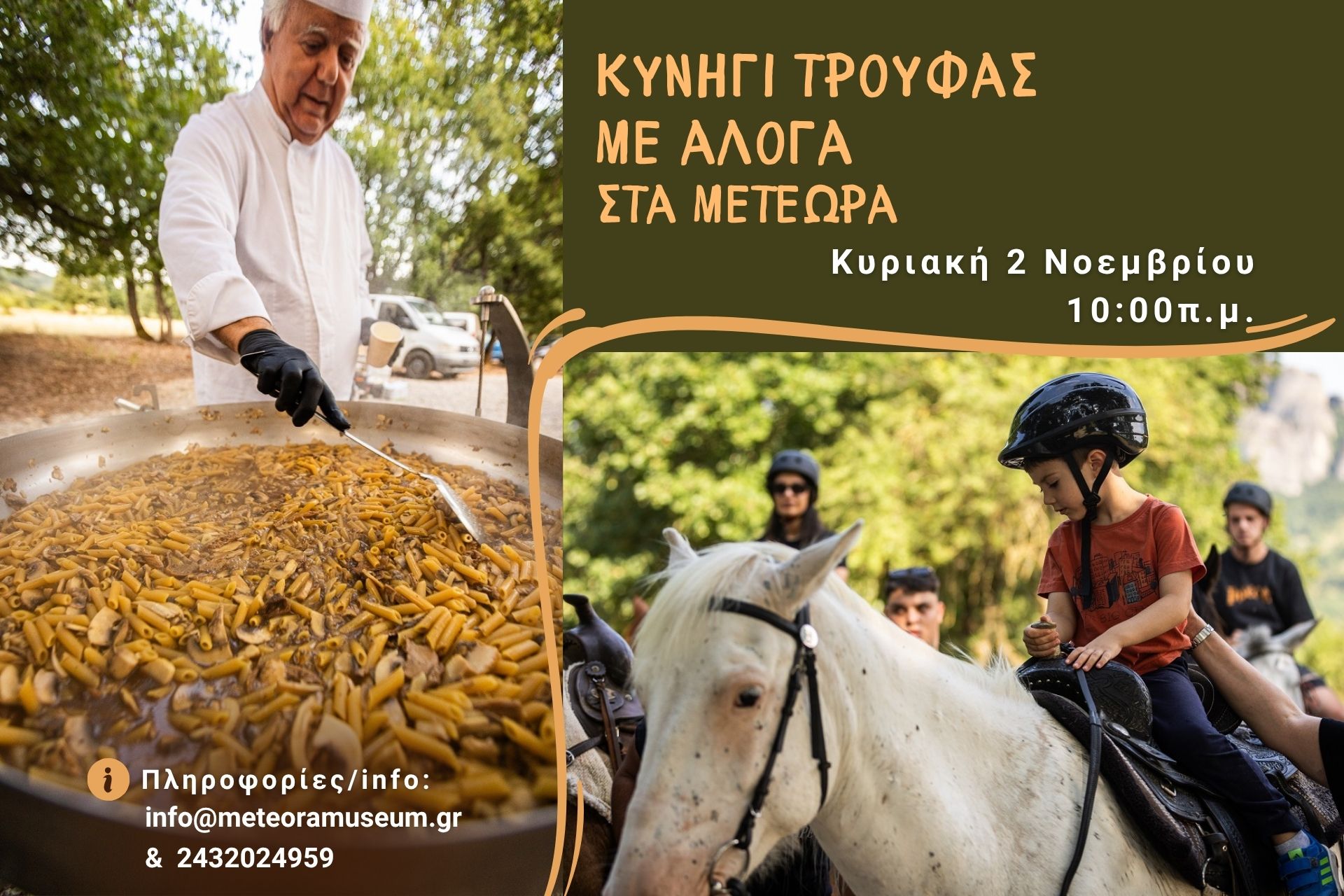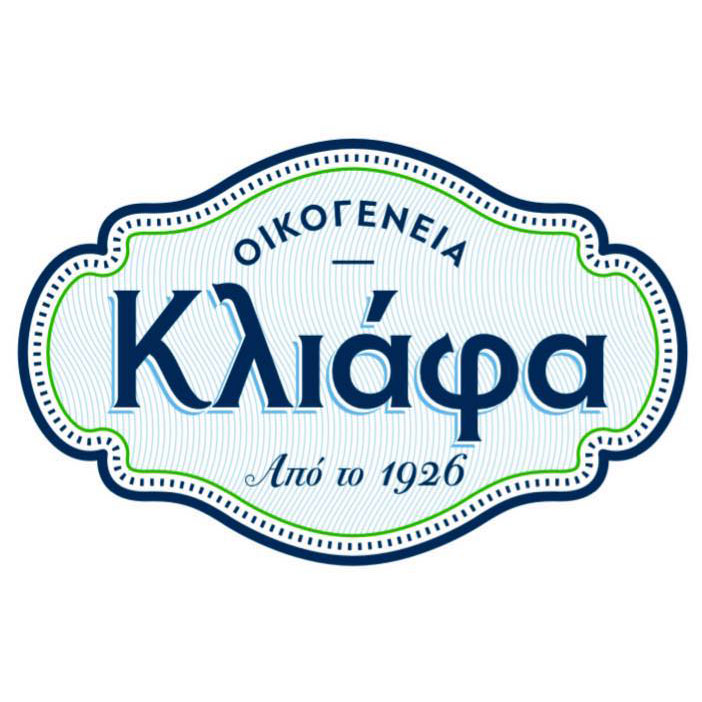Truffle Cultivation
The need for truffle cultivation
The gastronomic and nutritional value of truffles makes them highly sought after by food lovers around the world. They are believed to have therapeutic properties for muscle and joint pain, as well as for high cholesterol levels. Most notably, they are attributed with strong aphrodisiac properties.
All these factors lead to increased demand, which, combined with the limited supply available on the market, keeps truffle prices exceptionally high. This confirms the timeless relevance of French gastronome Jean Brillat-Savarin’s description of the black Périgord truffle (Tuber melanosporum) as the “black diamond” of French cuisine.
Truffle farms have been established in many countries since it first became feasible to cultivate them.
These initiatives are supported by governments, which believe truffles can replace discouraged crops and help utilize barren or mountainous areas, offering farmers a decent income. In Greece, the National Agricultural Research Foundation and Forest Research Institute promote truffle cultivation.
Research and editing: Nikolaos Ntoulis, Forestry Specialist
Tree species for truffle cultivation
There are many tree species that form mycorrhizal associations with truffles.
Some of them are listed below:
| Quercus conferta | Broad-leaved oak |
| Quercus pubescns | Downy oak (sensitive to grass competition) |
| Quercus ilex | Holm oak (sensitive to frost) |
| Quercus coccifera | Kermes oak |
| Corylus avellana | Common hazel (unsuitable for deep soils) |
| Ostrya carpinifolia | Hop hornbeam |
| Tilla platyphyllos | Large-leaved linden |
| Pinus nigra | Black pine |
| Carpinus betulus | Hornbeam |
| Castanea sativa | Sweet chestnut |
Research and editing: Nikolaos Ntoulis, Forestry Specialist
Establishment of a truffle plantation
Site Selection
Soil Conditions
Truffle cultivation requires calcareous soils with good drainage, a slight slope, and ample sun exposure, free from nitrogen residues or pesticides. However, the most crucial characteristic for the truffle’s viability is soil pH, which must range between 7.0 and 8.5. Irrigation must also be possible. There are several types of soils suitable for truffles:
- Calcareous clay (deposits from limestone dust)
- Light sandy soils
- White, light clay-limestone soils
- Chalky soils (resembling chalk)
Calcareous clay is considered ideal, while chalky soils can be recommended (only for Tuber melanosporum) in very specific cases.
In any case, the field’s suitability must be confirmed by a soil analysis. For this, soil sampling is required from both the surface layer (up to 30 cm) and the subsoil (30–60 cm), from different points in the field. The subsoil is important for tree root activity, while the surface soil determines truffle viability. The ideal pH for truffle cultivation is between 7.9 and 8.0. If the pH is lower, it can be raised by applying lime.
If one application isn’t sufficient, repeated applications may be needed. Ideally, this should be done before planting. In subsequent years, because calcium tends to be washed away by rain or irrigation, it’s good practice to monitor the pH and add lime when needed.
In low pH conditions, local fungi, which are better adapted, may gain a competitive advantage, potentially harming production or replacing the truffle in the tree roots.
Soil Content in Minerals and Micronutrients:
- Macronutrients: N (Nitrogen), P (Phosphorus), K (Potassium), Mg (Magnesium)
- Micronutrients: B (Boron), Cu (Copper), Mn (Manganese), Zn (Zinc)
Carbon/Nitrogen ratio (C/N): < 10
The ideal mineral composition for truffle production varies by soil and depends on multiple factors such as texture, structure, and organic matter content. Soils high in heavy metals are unsuitable, and lands used for intensive farming should be avoided, as they often show high nitrogen levels or pesticide residues. In some cases, the soil may contain nematodes, powdery mildew, etc., which could damage the plantation.
Climate Requirements
| Average daily temperature: | Summer: 17οC to 40οC Winter: -5οC to 8οC |
| Annual rainfall: | 300mm ως 1500mm |
| Rainfall periods: | Brief but intense spring rains initiate truffle development. Strong summer and autumn storms support high production. |
| Drought periods | In long droughts (>20 days), irrigation is essential. |
Research and editing: Nikolaos Ntoulis, Forestry Specialist
Soil Preparation
We plow to a depth of approximately thirty centimeters to aerate the soil and eliminate weeds. This period is also suitable for adjusting the pH with lime and installing underground irrigation systems.
Research and editing: Nikolaos Ntoulis, Forestry Specialist
Planting
Planting season: From the time the leaves fall in autumn until bud break in spring. The most suitable months are November, February, and March. For trees sensitive to frost, March is recommended.
The planting holes are dug by hand or with machinery to a depth of 40 cm and a width of 30 cm. The seedlings are planted together with the soil from the pot they are delivered in. The field must be well loosened, and after covering the roots, we press firmly around the seedling so that the roots make good contact with the soil and no air gaps remain.
Watering is done as a supplementary measure.
Research and editing: Nikolaos Ntoulis, Forestry Specialist
Planting Density
Truffles in the wild are found at the roots of isolated trees or the edges of forests. To mimic the natural environment, some European plantations include 20–25 large trees. Generally, depending on the size of the trees, soil fertility, and the planting system, between 40 and 120 plants are installed per stremma (1000 m²). Dense plantings are used for early production, while sparse plantings aim for a longer production duration. Recommended density is 40 to 50 plants per stremma. At the suggested density, the spacing is 4 x 5 meters up to 5 x 5 meters.
*1 stremma is equal to 1000m2 or about 1/4 acre.
Research and editing: Nikolaos Ntoulis, Forestry Specialist
Planting System
Monoculture is possible mainly when it involves productive plants such as olive trees, hazelnut trees, etc., or mixed cultivation. For forest species, alternating planting of oak and hazelnut trees is recommended. Mixed planting has the advantage of early production from the hazelnut trees and the longer production period of the oaks. However, cultivating hazelnut trees involves more work because their foliage has an acidifying effect on the soil and therefore must be removed from the field during the autumn months. In France, besides the classic planting patterns like squares or diamonds, systems are used with planting distances of 4 meters along the row and 8–12 meters between rows. This facilitates thinning of the trees as they grow. Double planting systems are also being tested (two trees in the same spot with 60 cm between them) to increase tree density while occupying the same space.
An interesting approach is taken in New Zealand, where two hazelnut trees are planted in alternating rows for every oak tree.
Research and editing: Nikolaos Ntoulis, Forestry Specialist
Irrigation
This specific cultivation is not water-intensive. However, a simple irrigation system is essential to ensure the plantation’s survival during the first years and to increase production in the following years. A system with plastic pipes running along the planting rows at a height of 80 cm to 1 m is recommended to prevent damage from animals and birds, along with sprinklers that wet the area around the trees. The amount and frequency of watering vary greatly depending on soil type and climatic conditions. Great care must be taken regarding water quality. The presence of pesticide residues must be excluded. Undesirable high levels of nitrates or pollution should be removed (for example, by using a filter).
Research and editing: Nikolaos Ntoulis, Forestry Specialist
Plantation Protection
Fencing the plantation is considered essential in areas where animals may damage the young shoots of the saplings. In some cases, protecting each tree individually is unavoidable. A fence will also initially deter potential thieves of the grafted saplings and later of the mature truffles.
Research and editing: Nikolaos Ntoulis, Forestry Specialist
Plantation Duration
This depends on the species and size of the tree, the planting distances, the soil quality, and the cultivation method used.
We should mention here the Brulé cycle (truffle cycle). This is a zone of truffle production around the tree. A characteristic feature is that the aboveground vegetation inside the Brulé circles is minimal to nonexistent. Truffles tend to develop at the edge of this circle. After a long production period, these circles in the plantation grow and eventually merge. At that point, it becomes necessary to remove some individual trees to increase the space between the remaining ones. Indicatively, the production lifespan of truffles for some commonly used species is about 30 years for hazelnuts and oaks.
With proper pruning and thinning of older trees, oak plantations can produce truffles for over 50 years.
Research and editing: Nikolaos Ntoulis, Forestry Specialist
Plantation Maintenance – Cultivation Practices
Weed control
After establishing the plantation, controlling the vegetation around the young plants is essential. Weeds can dry out the saplings by depriving them of water and nutrients. They must be removed mechanically to a depth of three to five centimeters. Light tilling or hoeing effectively prevents weed establishment and adequately aerates the soil. At least two treatments are recommended—in April and June. Weed control interventions should continue in the following years, especially during the first four years of the saplings’ life.
Alternatively, during these first four years, the soil around the plants (about 50 cm) can be covered with polypropylene fabric, synthetic cloth, stones, wood fibers, or straw. This limits grass competition, facilitates good soil aeration, and supports the establishment of beneficial microfauna.
If couch grass (Elymus repens) grows in the field, the same effect can be achieved by letting it thatch around the trees. In subsequent years, whether to cultivate the soil or not depends on its characteristics. Very compacted soils, however, tend to produce superficial truffles that are more vulnerable to frost and predators.
Fertilization in cultivation
In order to increase the levels of organic matter in the plantation and stabilize soil moisture, we add well-rotted manure.
It is also beneficial to incorporate a mixture of plant- and animal-based materials with a pH of <8,0 and a C/N ratio of around 10 or higher.
Nitrogen can be supplied to the plants by growing legumes between the rows. Clover or vetch is recommended, as their leaves do not acidify the soil. However, fertilization should not be overly generous—on the one hand, because truffles develop just as well in soils of relatively low fertility, and on the other, because other fungi might become more competitive under high soil fertility conditions.
Plantation Protection
Fungal infections of the trees, such as powdery mildew, downy mildew, etc., must be treated with care and only by biological means in order to avoid harming the truffle. Fencing prevents damage from large animals. Pests such as leaf caterpillars, spiders, aphids, truffle flies, and other insects will eventually appear in the plantation. If the damage they cause is significant, they can be controlled using either chemical or biological insecticides.
Fungal infections of the trees, such as powdery mildew, downy mildew, etc., must be treated with care and only through biological methods in order to avoid damaging the truffle.
Irrigation
Irrigation is essential to keeping the trees and truffles alive. Adequate moisture, especially in the summer, increases yield. However, excessive water in the soil may favor other competing fungi. The most critical months are July and August, and also May during dry years.
Pruning
During the first few years, we apply only formative pruning. Later on, depending on the tree species, we aim to support the secondary branches to shape a short and stocky tree. The hazelnut tree can be trained into a single central trunk to reduce the labor required for removing suckers.
Maintenance Systems for the Cultivation
Two of the maintenance systems used today are the (intensive) Pallier system and the (low-intensity) Tanguy system.
The intensive method includes all the cultivation practices mentioned earlier. A disadvantage of this method is that if we till too deeply, we may damage the trees’ roots. However, it produces truffles earlier and allows the grower to better control the microclimatic conditions.
The low-intensity cultivation recommends only mowing for weed control and no other intervention. It is mainly intended for those who do not have a tractor, irrigation capability, or the time and money to invest. It is safer in the sense that the roots of the plants are not damaged, but generally, production starts one to two years later. A combination of the two methods might be a good solution. During the first 4-5 years, the Pallier method is applied, and once truffles begin to be harvested, the Tanguy method is used, with the difference that if we continue irrigation, pruning, and pH adjustment, better results will be achieved.
Research and editing: Nikolaos Ntoulis, Forestry Specialist
Harvesting Mathods
- With specially trained dogs (the prevailing method).
- With pigs (used in the past because of their natural sense of smell).
- Cracks in the soil above the mature truffles.
- The presence and the dance of the truffle fly (Suillia gigantea).
- Electronic odor detectors.
When the spot where the truffle is located is identified, usually at a depth of 5–15 cm, we intervene with a digging tool and carefully unearth it. We take care not to damage the roots. The production is sold either directly by the producer at farmers’ markets, restaurants, hotels, or through traders, or even online. The high demand keeps prices at elevated levels, and in many cases, the harvests are pre-sold.
Research and editing: Nikolaos Ntoulis, Forestry Specialist
Advantages
This is a new and unfamiliar crop for Greece, and that in itself poses a problem. Farmers in our country are not accustomed to changing their habits. Although many crops are discouraged and subsidies will stop being given after a few years, they avoid looking toward the future. Some crops will need to be replaced by others, while the prices of certain products will decrease significantly. Within a highly competitive environment, truffles offer an excellent alternative option.
Advantages:
- It is an ecological cultivation friendly to the environment.
- Only a few acres are needed for a satisfactory yield.
It does not tie up a significant capital investment in equipment, storage, etc. - It requires little manual labor (also suitable for retirees).
- It has no problem with marketing (high demand, high price).
- In many cases, it makes double use of the land.
- It can contribute to the development of local small-scale industries and agritourism.
- It is an excellent gastronomic product with aphrodisiac properties.
- It is an incentive to prevent rural depopulation.
- It helps balance deforestation.
For all these reasons, the possibility of establishing truffle plantations must be studied very carefully. Truffles promise a high income, provided that wrong choices are avoided from the start.
The right choice of land, correct soil analysis, proper selection of tree species, and the appropriate choice of truffle species are the factors that will ensure success.
The latest development regarding truffle cultivation is that it has already been included among the crops eligible for subsidies.
Research and editing: Nikolaos Ntoulis, Forestry Specialist

photo: George Konstantinidis
Tuber melanosporum
Black truffle or Perigord truffle
Price: 600 – 1200 euros per kilo.
Harvest period: from late November to early March.

photo: Vasilis Kaounas
Tuber magnatum
White truffle
Price: over 1000 euros per kilo.
Harvest period: autumn.

photo: Vasilis Kaounas
Tuber brumale
Winter truffle or Muscat truffle
Price: 300 – 600 euros per kilo.
Matures in the same period as the melanosporum.

photo: George Konstantinidis
Tuber aestivum
Summer truffle
Price: 200 – 400 euros per kilo.
Harvested from late May to early September.

photo: Vasilis Kaounas
Tuber uncinatum
Burgundy truffle, Autumn black truffle
Price: 300 – 600 euros per kilo.
Harvested from October to December.

photo: Vasilis Kaounas
Tuber borchii
Whitish truffle, Bianchetto truffle
Price: 300–400 euros per kilo
Harvest period: mid-January to mid-April









